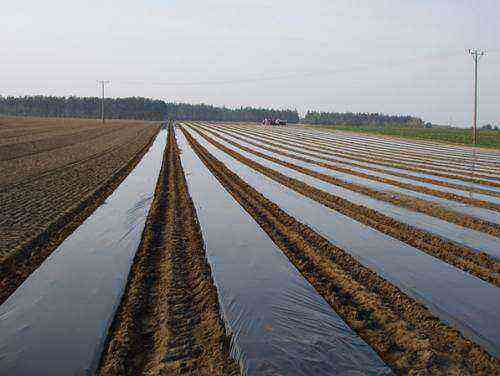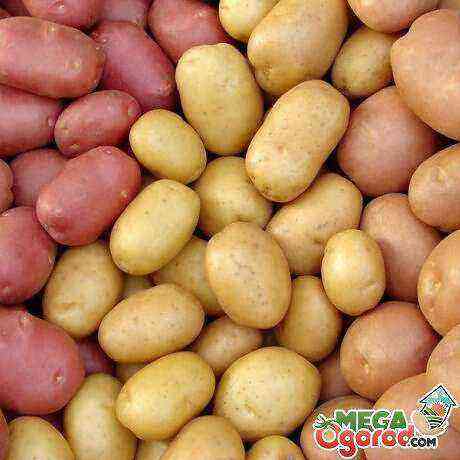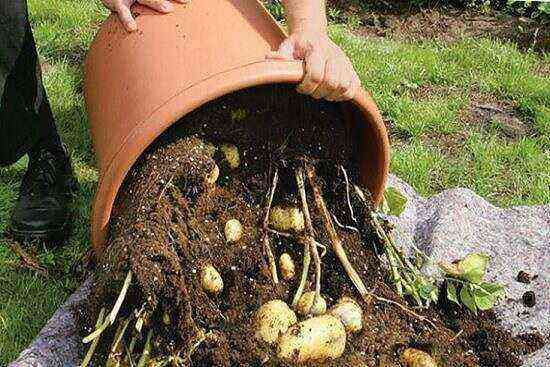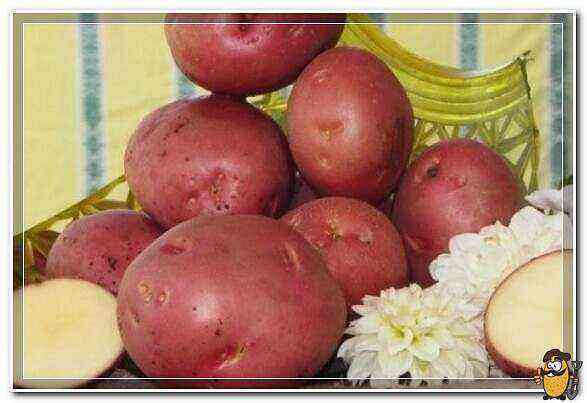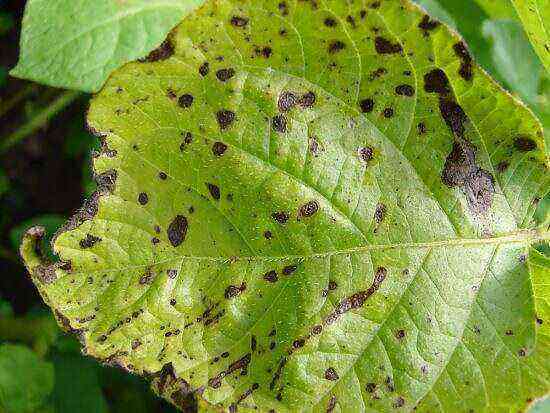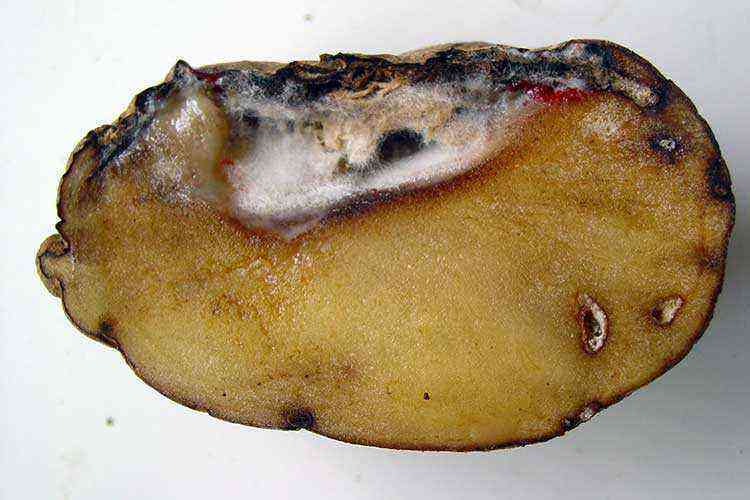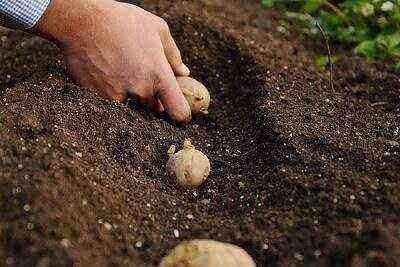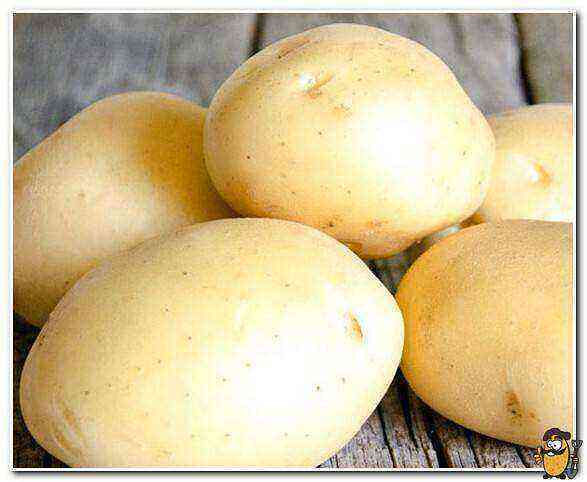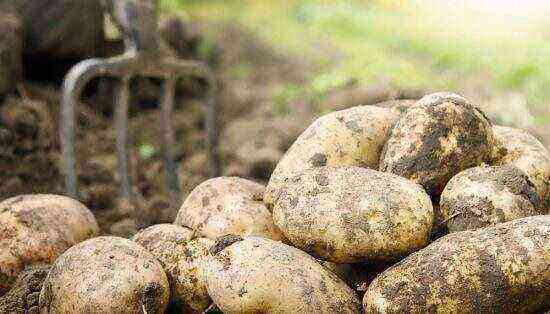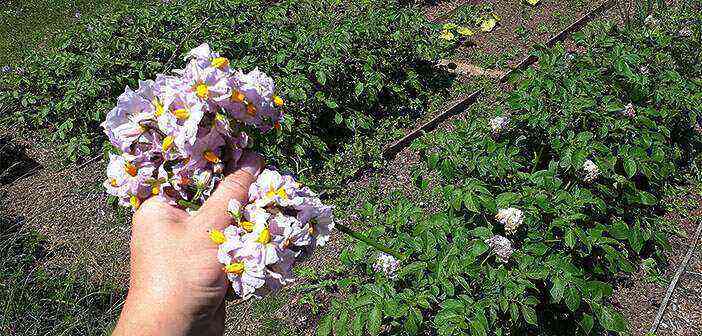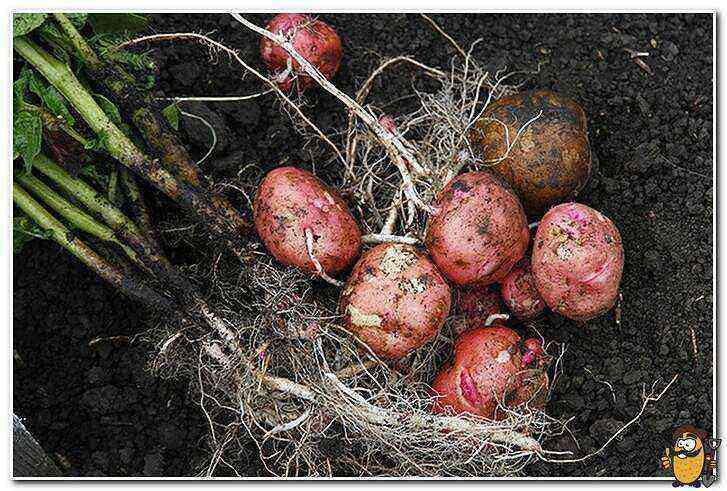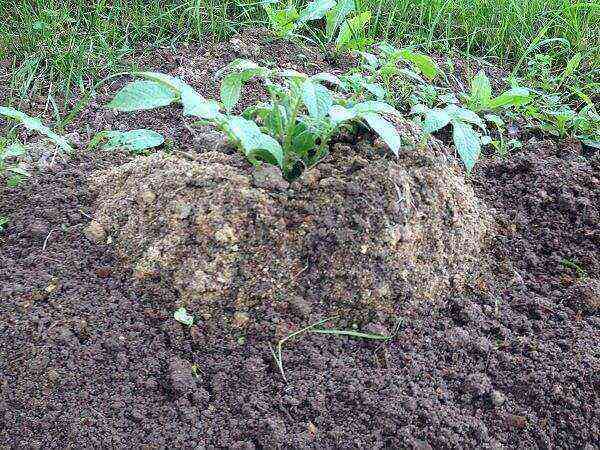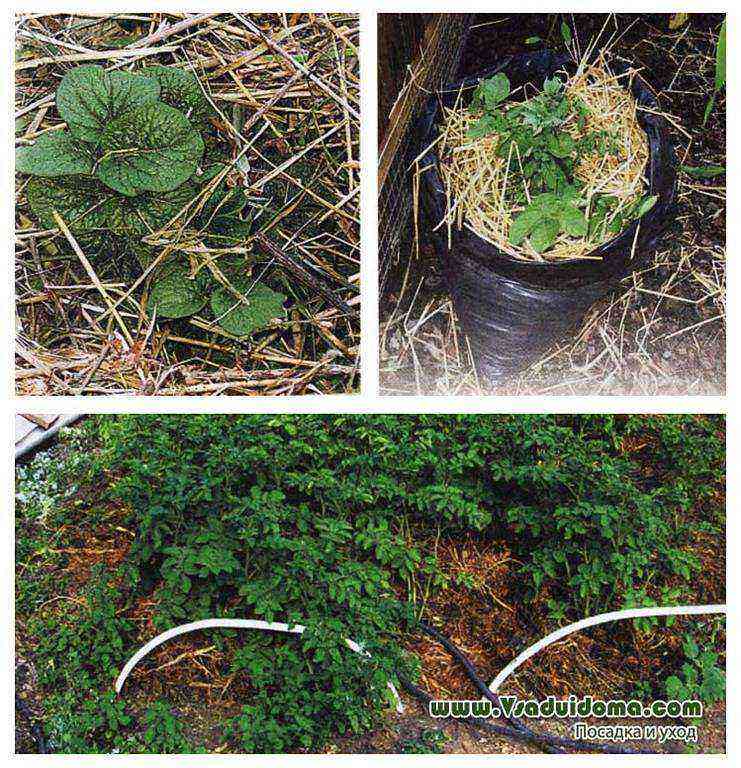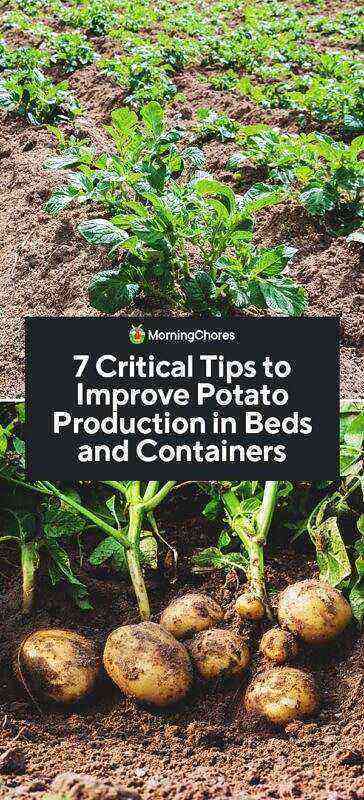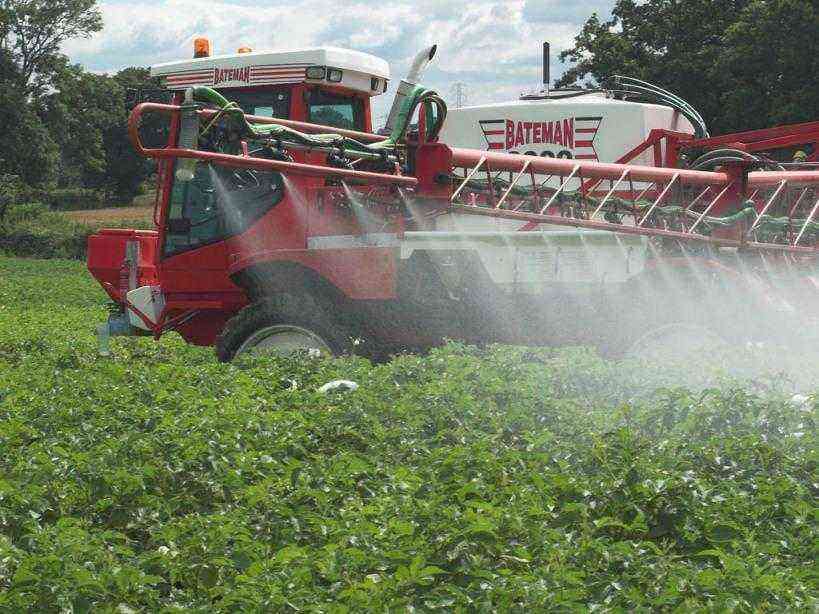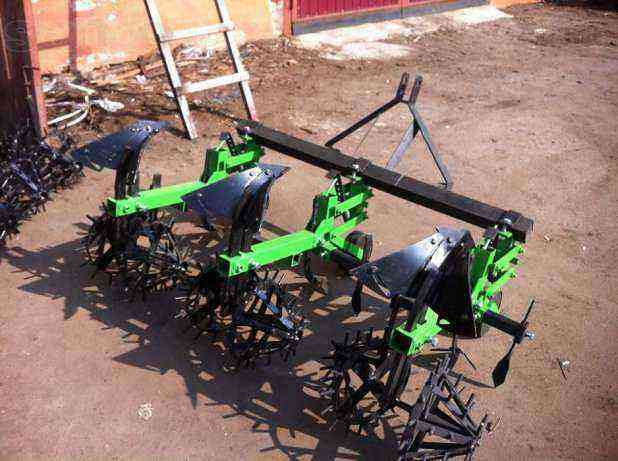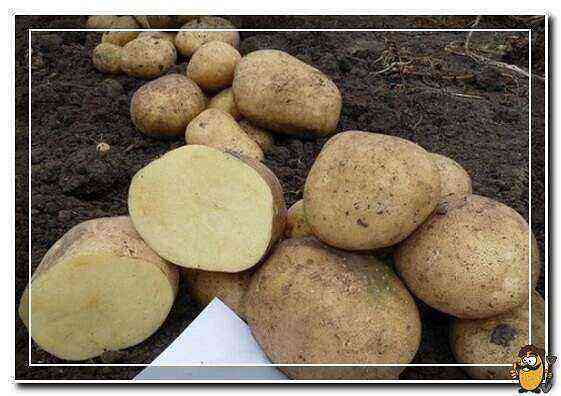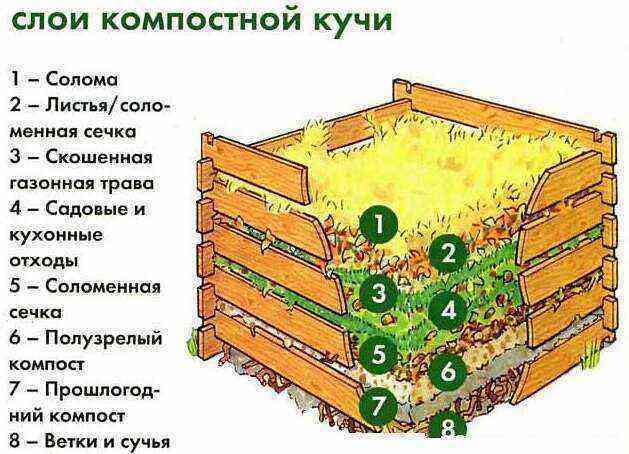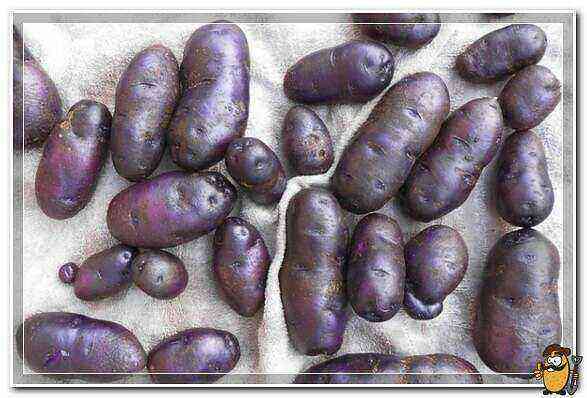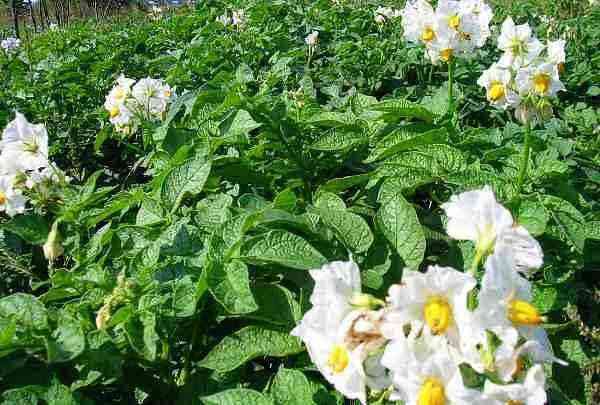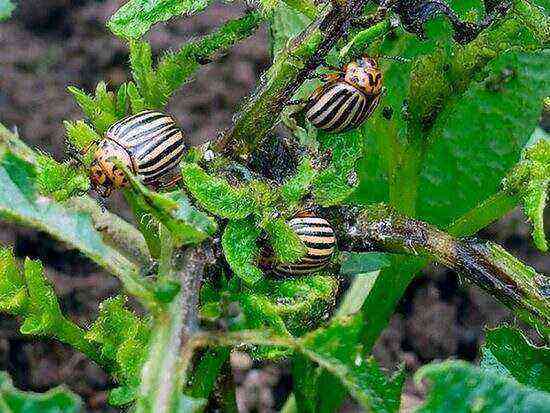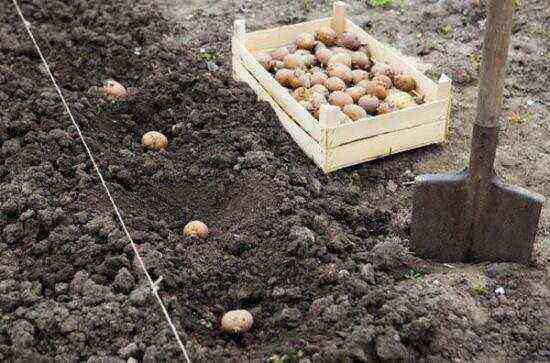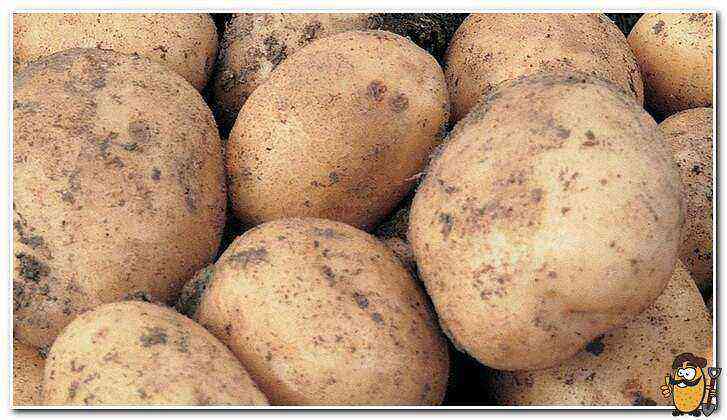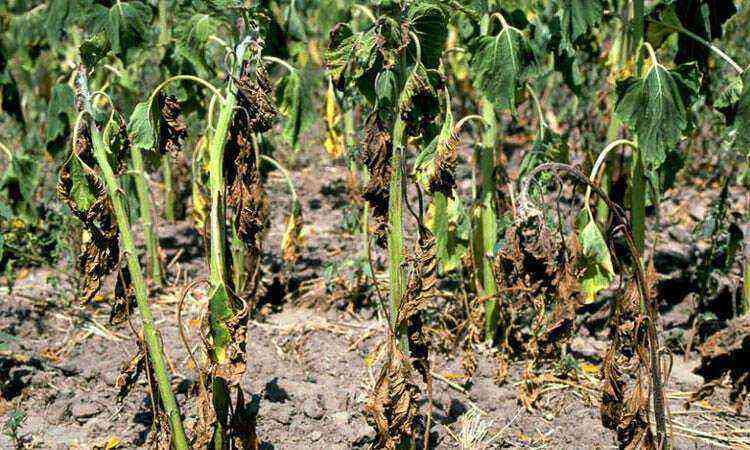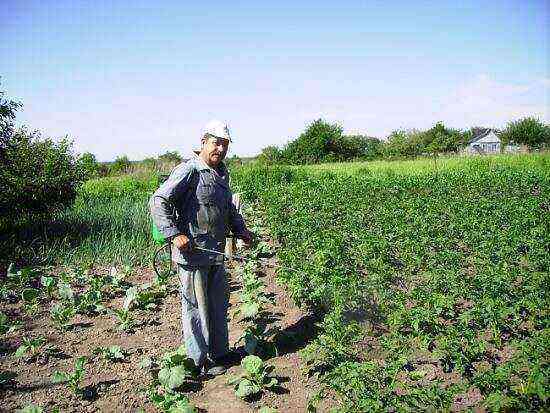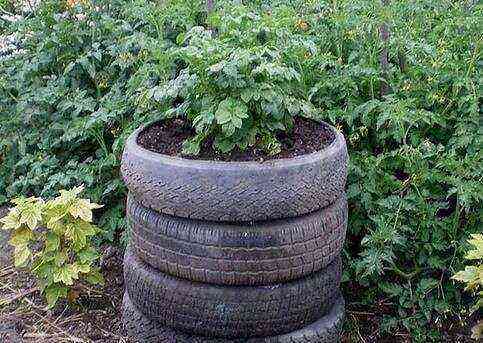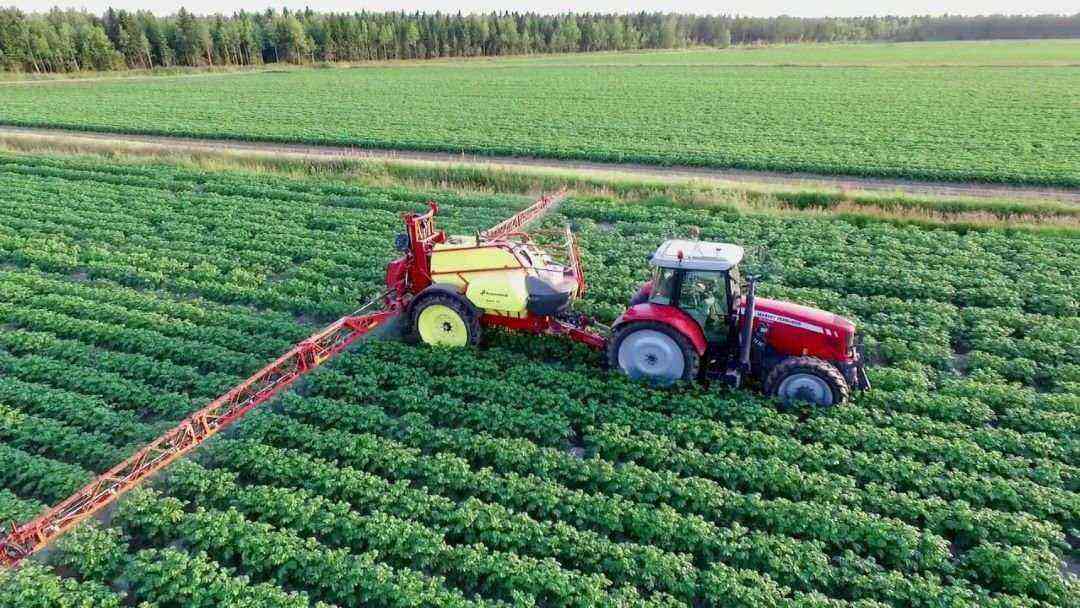Labadia is a high-yielding Dutch table potato variety that has earned praise from many gardeners for its high yield. And this is far from its only advantage. The demand for Labadia is also explained by a fairly fast ripening period, immunity to many dangerous crop diseases and, of course, large and tasty root vegetables, from which you can cook anything from mashed potatoes to chips.
The variety was entered into the State Register of Russia relatively recently, only in 2012, but in just a few years it managed to fall in love with both Russian summer residents and specialists of large farms of the country, where today it is grown in large volumes.
Main characteristics
Labadia is a medium early variety with a fruit ripening period of 105-110 days. Depending on the growing conditions, the yield ranges from 300 to 450 c / ha. With favorable weather and proper agricultural technology, more can be harvested, the fixed maximum is 580 c / ha. One nest grows 6-9 potatoes weighing 100-150 g. The starch content in them reaches 16%, which makes this potato one of the varieties recognized as leaders in the accumulation of polysaccharides, that is, starch. For comparison, we can cite several mid-season varieties, the tubers of which accumulate the maximum amount of this substance.
Grade
Content
starch (%)
Ideal
18.5
Nevsky
16
Handsome
16
Labadia
to 16
Snowman
15.5
Sineglazka
15
Aurora
14.5
As you can see, the Dutch potato Labadia is a worthy competitor to the most “starchy” varieties. This, of course, is another fat plus, which the farmers simply could not ignore.
The variety is recommended for cultivation in the central part of the country, in the southern and Volga regions, in the Urals. It steadily withstands temperature fluctuations, easily survives dry periods, gives equally good yields on different types of soils. This potato is immune to the most common diseases – golden nematode and potato crayfish. Resistance to leaf curling, as well as to banded and wrinkled mosaics, experts identified as average. Tubers have good transportability and retain their presentation during long-term storage. Keeping quality is high – 97%.
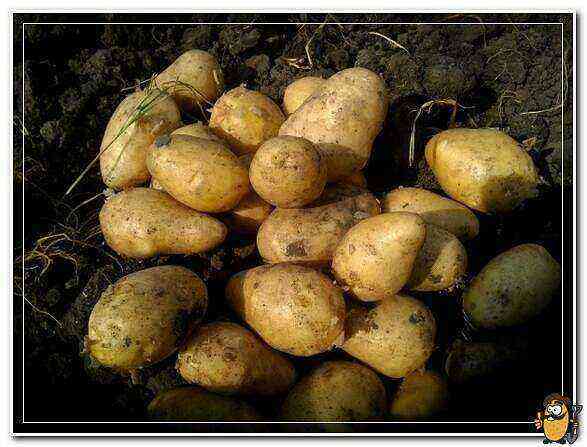
Description of the aboveground part and fruits
Externally, Labadia potatoes can be described as follows:
- bushes are tall, tall, erect or semi-spreading;
- stalks are strong, developed;
- the leaves are large, light green, a slight waviness is visible along the edge of the leaf plate;
- flowers are white with yellow stamens;
- the root system is well developed;
- tubers are oblong-oval, large, weighing up to 150 g;
- eyes are sparse and small, with medium depth;
- the peel is thin, light yellow, smooth or slightly rough;
- the pulp is the same color, firm.
Labadia tubers are moderately mealy, pleasant to the taste. As a result of heat treatment, the dense structure of the pulp changes, it becomes loose, so when cooking, you should not pull until it is completely cooked, it is better to remove the fruits from the heat 3-4 minutes before the expected readiness.
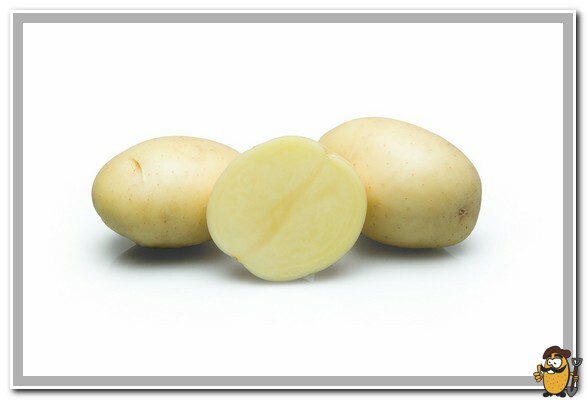
Advantages and disadvantages of Labadia
The variety has a number of advantages, namely:
- consistently high yield;
- quick adaptation to drought;
- high resistance to many dangerous diseases;
- transportability and keeping quality of tubers;
- excellent taste;
- culinary versatility.
There are few minuses, only two significant ones. This is the impossibility of early planting, since planting tubers can die in poorly heated soil, and the germination of planting material is mandatory. Planting non-sprouted potatoes (no light sprouts) will result in lower yields. In the ground, the sprouts will develop slowly and unevenly; in this case, you should not wait for friendly shoots.

The disadvantages also include a slight tendency to mechanical damage. But, as a rule, only the thin peel is damaged, and the pulp of the tubers, due to the dense structure, remains flawless.
Peculiarities of growing
Preparing for planting
The plot for Labadia potatoes begins to be prepared in the fall. It is advisable to choose it taking into account the crop rotation. The part of the garden where winter crops, cabbage, beets or carrots grew are best suited. You cannot plant this potato where the crops of the Solanaceae family were grown. Weeds and remains of cultivated plants are removed from the chosen place, the earth is dug to a depth of 25-30 cm (on a shovel bayonet), and fertilized with organic matter. If the plot is large, agricultural machinery is used.
Planting material is usually prepared in the spring, about a month before planting in the ground. First, it is necessary to select medium-sized tubers from the total mass without mechanical damage, traces of pest activity, symptoms of disease, rot, etc. Since the variety has such a feature as a long awakening of seedlings, the planting material must be germinated for at least 3 weeks in a bright room. The day before planting, the tubers are disinfected – they are bathed in a weak solution of potassium permanganate. To improve their germination, you can apply a growth stimulant. Gumiplant, Regoplant, Poteytin or any analogue of these drugs will do.
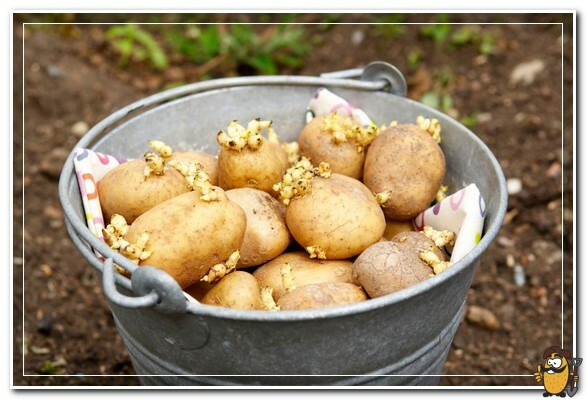
Landing time and technology
The development of plants is negatively affected by frost, therefore, one should not rush to planting. It is important that the earth warms up to at least 8 degrees. In the southern regions, planting work begins in the second half of April, in the middle lane – from mid-May, and in the Urals, gardeners usually have to wait until the very end of spring. The indicated dates are approximate, they may be shifted in time depending on weather conditions.
The planting scheme is standard: the interval between the holes is 35 cm, the row spacing is 65-70 cm, the depth of the planting tubers is 8-10 cm. In small areas, potatoes can be planted under a shovel, and in large areas you cannot do without equipment. To keep the potato beds even and neat, you should use the pegs markers. Compliance with all these recommendations guarantees friendly shoots.
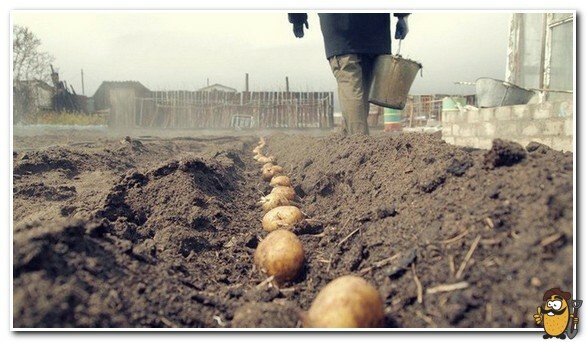
Plant Care
Labadia is an unpretentious variety, but in order to increase the quantitative and qualitative indicators of the yield, some agrotechnical techniques should be carried out. The first is loosening, it is necessary to improve the moisture and air permeability of the soil. The first time – a week after planting, all subsequent ones – as the upper layers of the soil are compacted. The formation of a crust must not be allowed, otherwise the roots of the plants will not receive the required amount of moisture and air, which will negatively affect their development. Loosening is combined with weed removal.
The next technique is hilling. The first time it is carried out when young bushes rise 15 cm above the ground.After 3 weeks, the procedure is repeated. You can spud the third time, shortly before the beginning of flowering. Some gardeners believe that two hilling is more than enough. They are partly right, but in reality it all depends on the weather. If rain and wind have destroyed the piles under the plants, there is a risk of harvesting “green” potatoes (turned green as a result of chemical reactions that occur under the influence of sunlight). Green tubers with an excessive solanine content are unsuitable for human consumption.
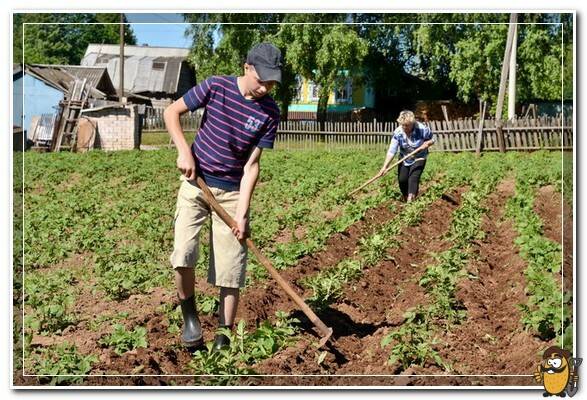
To water or not to water potato plantings, each gardener decides for himself, based on weather conditions. Rainy weather eliminates this procedure, but if it is hot and the tops begin to lose their elasticity, watering is extremely necessary. Especially in the flowering phase, because during this crucial period the plants need a lot of moisture. Watering Labadia potatoes should be competently, without undue zeal, since stagnant moisture can provoke the development of diseases. To saturate the entire fertile layer, 10-15 liters of water per square meter is enough.
Labadia responds well to feeding, so experts recommend fertilizing even the most fertile soils. The first feeding is carried out a month after planting, the second, as a rule, is combined with watering during the active formation of buds. You can fertilize:
- infusion of manure and chicken droppings (watering between rows);
- diluted in water with potassium sulfate and wood ash (under a bush);
- superphosphate solution (under the bush).
Before using store dressings, you should carefully read the manufacturer’s instructions, since an overabundance of some components causes the accumulation of nitrates in the tubers.
Secret: how to rejuvenate potatoes
How to make quality planting material from degenerate potatoes, which will give you a bucket of potatoes from one bush. In this video you will see how to rejuvenate and revive any kind of potato.
A few words about diseases and pests
It was mentioned above that Labadia is immune to golden nematodes and potato crayfish, but other serious diseases exist besides them. The most dangerous for this variety are:
Preventive measures will help to avoid unpleasant and loss of part of the crop. This includes pre-planting tubers, crop rotation, correct planting patterns, regular loosening of the soil and removal of weeds, moderate watering, and moisture control. If the problem still arises, special drugs will help to eliminate it. For example, to get rid of late blight, gardeners spray the bushes with Fitosporin. It can also be used for preventive purposes.
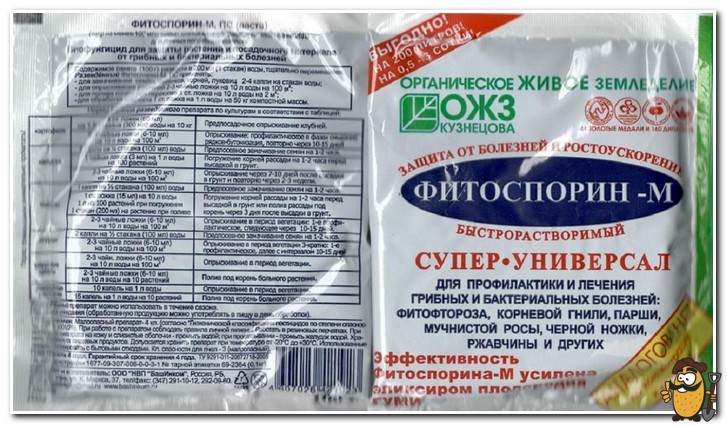
Labadia potatoes are susceptible to pest attacks, the most vicious of which is the Colorado potato beetle. It multiplies very quickly, so you need to inspect the plantings every day for the presence of this insect or its larvae. The latter most often “hide” on the inner side of the sheet plate. You can collect them by hand, just like adult insects, in order to then destroy them outside the site.
The potato moth is another serious enemy of the Labadia potato. The aboveground part of plants and tubers suffer not so much from itself as from its larvae. To avoid the appearance of this uninvited guest on the site, it is enough to huddle the bushes high. If it appears in the garden, the plants can be sprayed with insectoacaricidal agents BI-58 New or DI-68.
Harvesting, storage
A week before harvesting potatoes, it is recommended to mow the tops at a height of 10-12 cm from the ground. The tubers are dug out with a shovel, pitchfork or with the help of specialized agricultural machinery. You can dry dug potatoes in the sun, but no more than 2 hours, in a shaded place they dry for 2-3 days. After drying, the tubers are sorted out, spoiled specimens are discarded, all the rest are sorted by size and put in bags or boxes. Now the crop can be sent to storage, preferably dry, ventilated and at a constant temperature of 2 to 4 degrees.
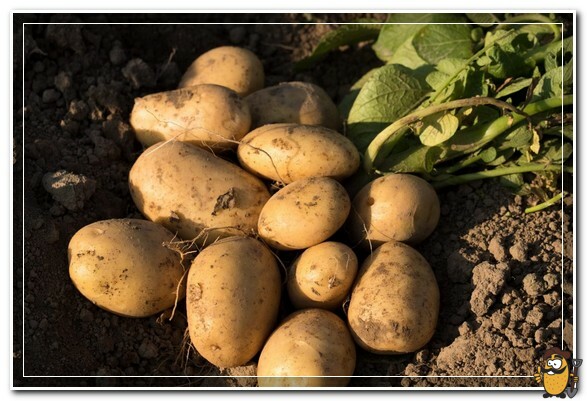
In conclusion
What impression did the Dutch potato variety Labadia make on Russian farmers and consumers? Reviews are only positive. Gardeners and farmers praise him for high yields and unpretentious cultivation, good keeping quality and excellent commercial characteristics. As for the taste, this potato is also out of competition. It is good in any form, boiled, fried, stewed, homemade, restaurant and street fast food.
